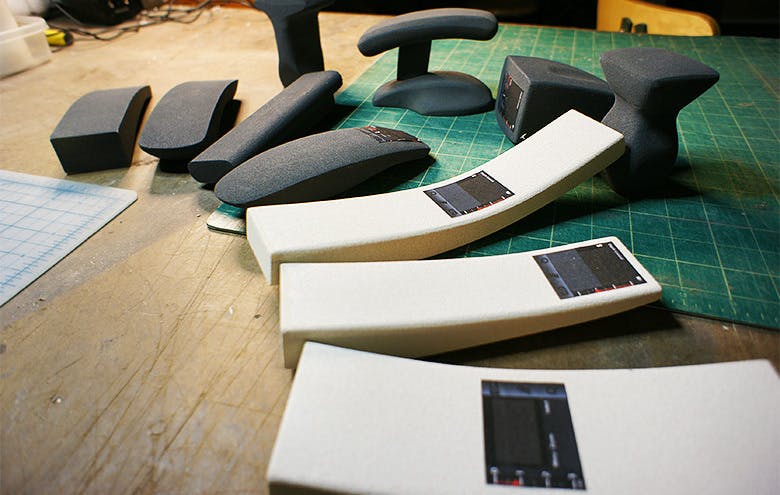The Six Prototypes Every Startup Needs To Make
Smart startups spend on prototypes. Different levels offer different benefits along the process journey — here are six of the most important to make.
The Six Prototypes Every Startup Needs To Make
Let's get your startup to the next milestone.
Design or Buy? 6 Tests to Tell If You Should Buy or Design That Component
More often than not, designing your cool new product relies on some new widget. You’re not sure if you should design your own or buy one from a supplier. What if there was a straightforward way to decide?
Read more
Concept FMEA for Engineering During the Fuzzy Front-End of Development
The “fuzzy front end” of product development can pose some unique challenges for engineers.
Read more
Biggest Innovations in 2022 That Influenced Product Design
A coffee pod system without a plastic pod. Headphones that read your mind. A touch-sensitive prosthetic hand. Check out the biggest innovations to influence product design in 2022.
Read more
The Role of Human Factors in Product Design
A primer on what, how and when the discipline of human factors is used in the design and development of products.
Read more
Design for Manufacturing: 7 Things Every Designer Should Know
When done well, DFM prevents quality issues and eliminates manufacturing waste. It de-risks new product development by preventing the costly scenario of learning about manufacturability issues when you’re about to launch.
Read more
Universal PAPR hood design
We are happy to publish all our design files for the project.
Read more
